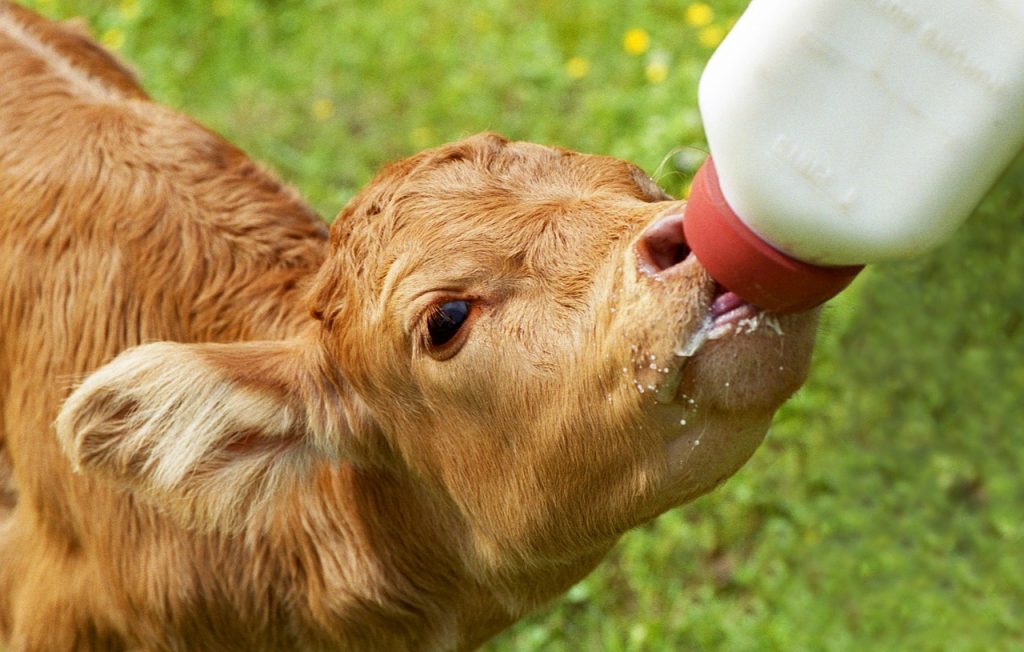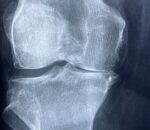How to take care of new born calf?
This is a very common question, here we have described the basics of how to ensure calf care after birth.
After Calving
- First of all clean the amniotic fluid and other secretions from the body surface of the calf. Nostrils and mouth of calf must be cleaned of membranes to facilitate easy breathing.
- Check the breathing status of the claf. In case, there is no breathing then press the ribs of the calf to exert pressure on the lungs.
- Stimulate the breathing by inserting the fingers about two inches up the nostrils of the calf and rotating it to stimulate the nerves.
- In emergency cases due to arrested breathing, measures should be taken to induce breathing by artificial means, i.e., by blowing air in the mouth of calf or by lifting the calf from its hindlimbs with a sudden jerk, etc.
- Naval Cord Treatment: Tie the navel cord 1-2 inches ahead from the calf body with a thread. Apply any antiseptic to avoid the risk of infection which may cause naval ill. e.g., Povidone iodine
- Dry off the calf with a clean cloth and let the mother lick the calf to furhter clean and dry it. This stimulates its body condition.
- In case of early weaning, calf should be removed immediately after birth to spare the dam from any distree at parting.
- Colostrum Feeding: Feed the calf with 1.5-2 liter of colostrum within hour after its birth. Colostrum is fed at the rate of 10% of the body weight of calf in 24 hours. Calves of holstein friesian and buffalo weighs betweeen 30-40 kg. The colostrum should be given in two feedings, the first 60% and the second 40%.

- Colostrum feeding is very important as it proides resistance and immunity against prevailing diseases (scour & calf pneumonia ,.etc) . Colostrum is also important in providing energy and cleaning the intestines of meconium (the mucous in the intestines at birth). Overfeeding of colostrum should be avoided as it causes diarrhea, which may predispose the calf to other diseases.
- Calculate or determine the weight of the calf.
- Record the data of the calf in the birth register.
- It is advantageous to keep new born calf in individual pen for the first 3-4 weeks of age. This allows more attention to individuals and the chances of naval sucking of each other are minimized. At about one month of age calves may be kept in a groupof 20 to 30.
- Supernumerary (Extra) teats should be amputated during early life. They may be a source of mastitis and cause hindrance during milking at mature stages.
- A vaccination schedule should be followed according to the prevelant diseases of the surrounding environment.


